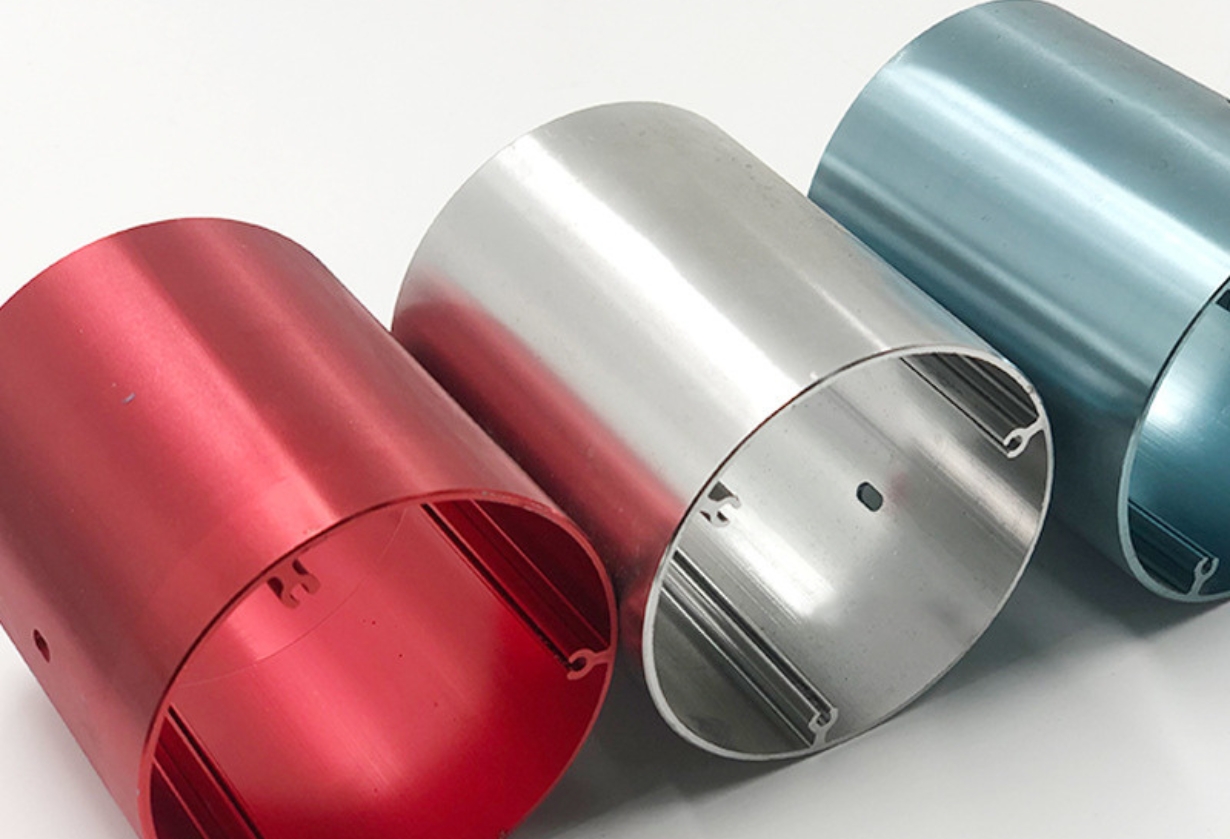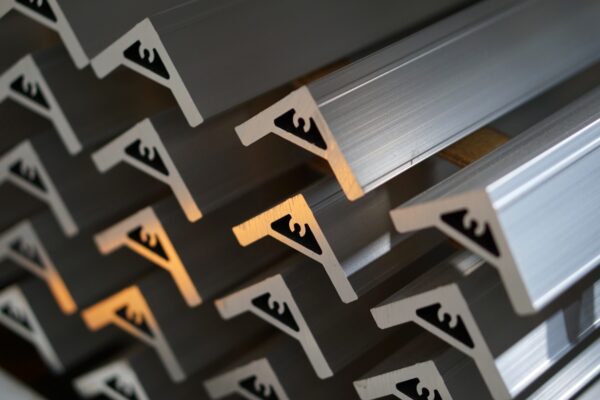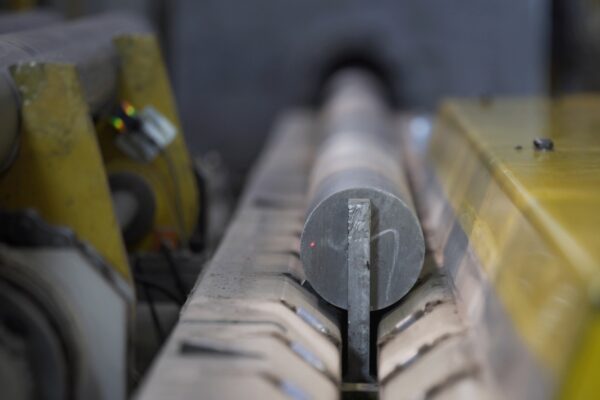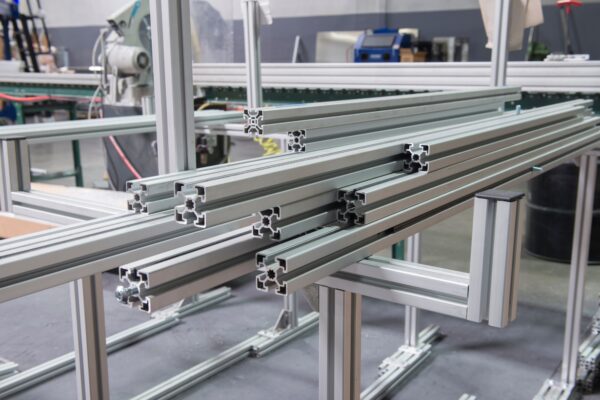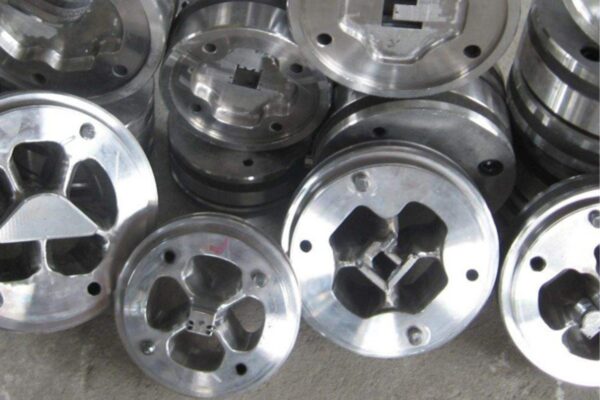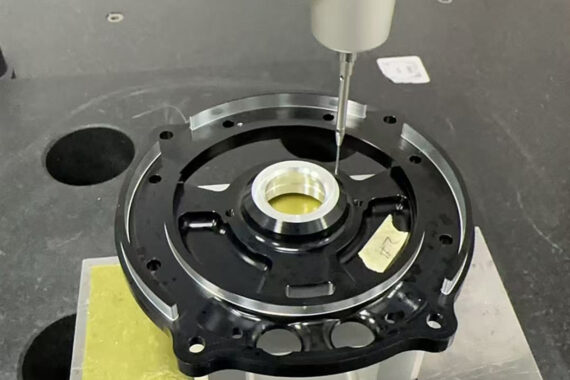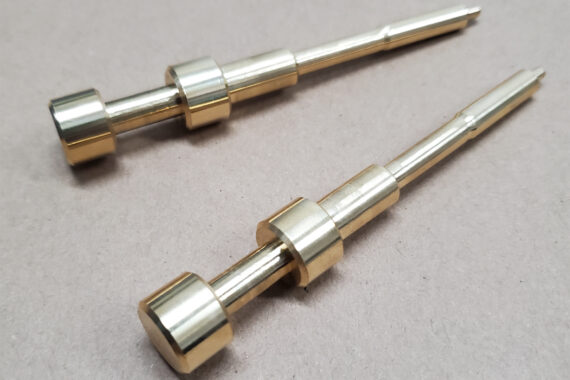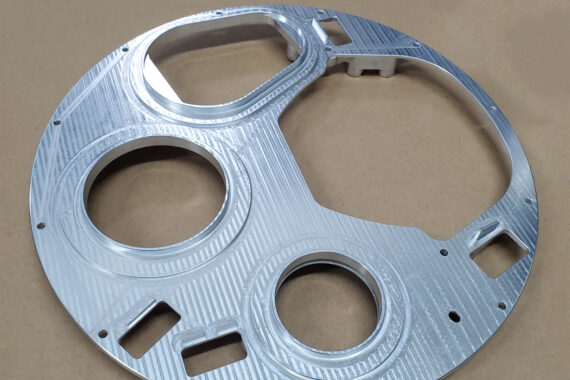In the rapidly evolving world of manufacturing, CNC machining has emerged as a cornerstone...
Extrusion processing creates metal parts by forcing a metal blank through a die. During the extrusion process, the blank is placed in a heated area of the machine and then softened by adjusting the temperature of the heated area. The heated blank is then pushed into a die hole, and pressure is used to force the blank through the die hole to form the part. The most common material used for extruded parts is aluminum alloy.
The extrusion process is an essential metal-forming process with various types and wide applications. Different types of extrusion processes have different characteristics and application scenarios. To improve product quality and efficiency, we can choose the appropriate process according to actual needs.– Extrusion Processing Manufacturer
Extrusion Process Types
- Cold extrusion compresses metal billets into the desired shape using an extruder at room temperature. Compared with hot extrusion, cold extrusion can reduce metal oxidation and brittleness while also increasing the hardness and strength of the metal. Cold extrusion is widely used in the automotive, aviation, and electronics industries.
- Hot extrusion uses an extruder to compress metal billets into a desired shape at high temperatures. It can improve the plasticity and deformability of metals, making them easier to shape. At the same time, it can also improve the organizational structure and performance of metals and improve the quality of products. Hot extrusion is widely used in high-end manufacturing fields such as aviation, aerospace, and ships.
- Equal-diameter extrusion refers to a process in which the diameter of the metal billet remains unchanged during the extrusion process. Equal-diameter extrusion usually adopts a cold extrusion process, which can achieve higher precision molding while ensuring the hardness and strength of the metal. Equal-diameter extrusion is widely used in automobiles, machinery, and other fields.
- Reducing extrusion refers to gradually changing the diameter of the metal billet during the extrusion process. It usually adopts a hot extrusion process, which can achieve more complex shapes and structures while ensuring product accuracy. Reducing extrusion is widely used in high-end manufacturing fields such as aviation, aerospace, and shipbuilding.
Application of Extrusion Process
Extrusion is widely used in the automotive, aerospace, construction, and electronics industries. In the automotive industry, extrusion has become the primary method for manufacturing parts such as frames, bodies, and doors. Extrusion technology makes aluminum frames, heat sinks, and electronic housings in electronics. In the construction industry, extrusion can produce ceiling panels, wall panels, and building envelopes.
Advantages of Extrusion Process
- High forming precision: Extrusion process is widely used in metal processing because it can provide high-precision products, especially in manufacturing. Since the extrusion process involves material pressurization, the shape and size of the molding material can be accurately controlled, producing high-precision products.
- High production efficiency: The extrusion process is usually the ideal choice for batch production of large quantities of products. Compared with other processing methods, it has a fast production speed. It can quickly complete the production of products, so it has been widely used in industrial manufacturing.
- High material utilization rate: Metal materials such as steel often undergo multiple processes to obtain the desired shape. In contrast, The extrusion process can quickly achieve the desired shape through one method, thus saving many metal materials.
About Extrusion Die
Extrusion dies are tools used to extrude metals, especially for extruding non-ferrous metal materials, the most typical of which is the extrusion of aluminum alloy profiles.
The design and manufacture of extrusion dies need to meet specific technical requirements to ensure that the dies can withstand severe friction and wear under high temperatures, high pressure, and cyclic loads. To meet these requirements, high-quality alloy steel such as 4Cr5MoSiV1 (US grade H13) is usually used and processed by vacuum heat treatment and quenching to improve the die’s thermal stability, thermal fatigue, thermal wear resistance, and sufficient toughness.

